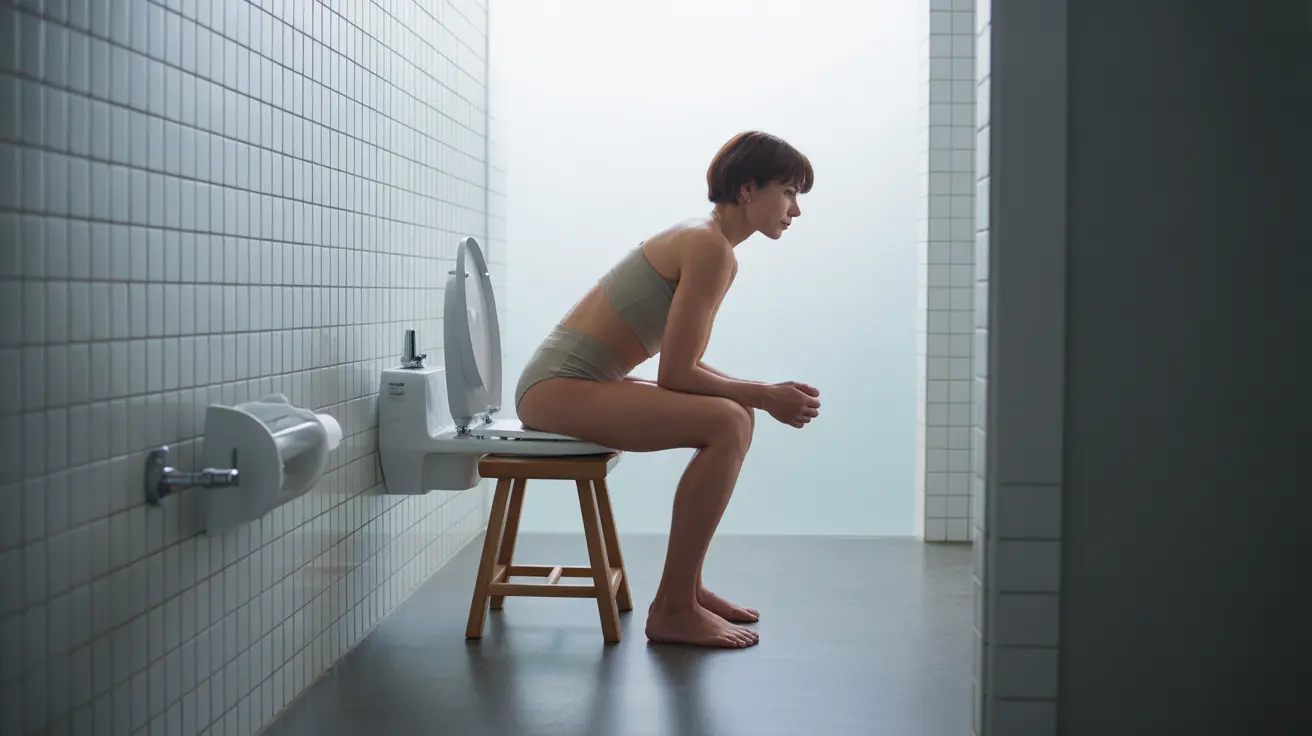Having regular, comfortable bowel movements is essential for digestive health and overall well-being. While many people don't give much thought to their pooping position, the way we sit on the toilet can significantly impact how easily and completely we eliminate waste.
Understanding the most effective position for bowel movements can help prevent common issues like constipation, straining, and incomplete elimination. Let's explore the science behind proper pooping posture and how to achieve it.
The Natural Squatting Position
Our bodies are naturally designed for squatting during bowel movements. This position has been used by humans for millennia and remains common in many parts of the world today.
When we squat, our body creates an optimal angle between the rectum and the anal canal, which helps straighten the pathway for stool to pass. This alignment minimizes the effort needed for elimination and reduces strain on the pelvic floor muscles.
Benefits of the Squatting Position
- Straightens the rectoanal canal
- Relaxes the puborectalis muscle
- Reduces straining during bowel movements
- Supports more complete evacuation
- May help prevent hemorrhoids and constipation
Modern Toilets and Pooping Posture
Western-style toilets, while convenient, place our bodies in a less-than-ideal position for bowel movements. The sitting position can create a kink in the rectum, making elimination more difficult and potentially contributing to various digestive issues.
Improving Your Position on a Modern Toilet
Fortunately, there are several ways to achieve a more natural pooping position while using a standard toilet:
- Use a toilet stool or footrest to elevate your feet
- Lean forward slightly while seated
- Keep your knees higher than your hips
- Maintain good posture with a straight back
- Avoid straining or pushing forcefully
The Role of Toilet Stools
Toilet stools have become increasingly popular as a solution for achieving better pooping posture. These simple devices elevate your feet while seated on the toilet, helping to simulate a more natural squatting position.
Research suggests that using a toilet stool can lead to:
- Faster bowel movements
- Less straining during elimination
- Improved sensation of complete evacuation
- Reduced bathroom time
- Better overall bowel habits
Frequently Asked Questions
What is the best position to poop for easier and more complete bowel movements?
The best position is one that mimics a natural squat, with your knees higher than your hips. This can be achieved by using a toilet stool or footrest while on a standard toilet, or by leaning forward slightly while keeping your back straight.
How does squatting compare to sitting on a toilet in terms of preventing constipation and straining?
Squatting creates a straighter pathway for stool elimination by relaxing the puborectalis muscle and aligning the rectum. This natural position typically requires less straining than sitting and may help prevent constipation by allowing for more complete evacuation.
Can using a footstool or toilet stool help improve pooping posture on a standard Western toilet?
Yes, using a footstool or specialized toilet stool can significantly improve your pooping posture by elevating your feet and creating a more squat-like position, even when using a standard Western toilet.
What are the health benefits of squatting while having a bowel movement?
Squatting while pooping can help prevent hemorrhoids, reduce straining, support more complete elimination, protect pelvic floor muscles, and may lower the risk of developing various digestive issues.
When should I see a doctor if changing my pooping position does not relieve constipation or discomfort?
If you continue to experience constipation, discomfort, or difficulty with bowel movements for more than two weeks despite trying improved pooping positions, consult a healthcare provider. This is especially important if you notice blood in your stool, severe pain, or significant changes in your bowel habits.




